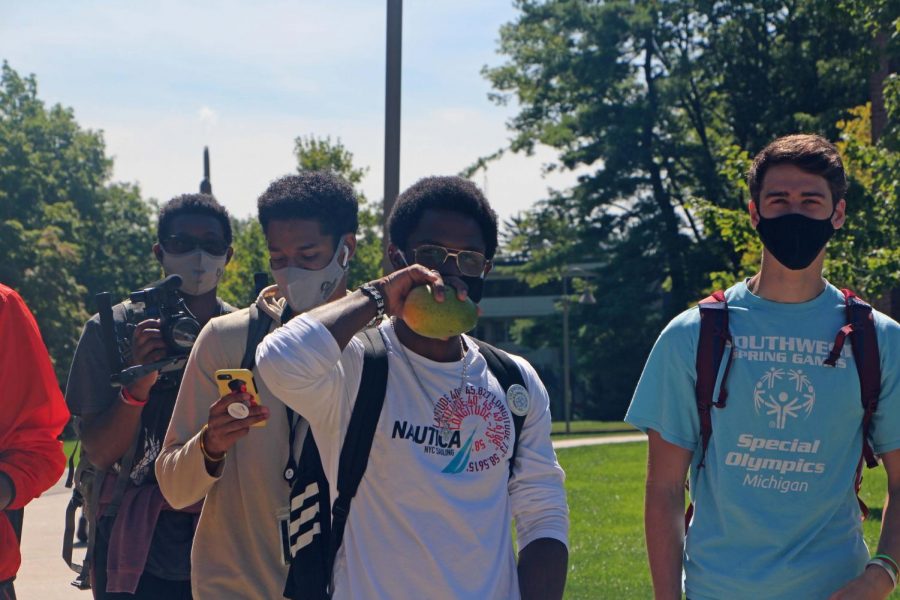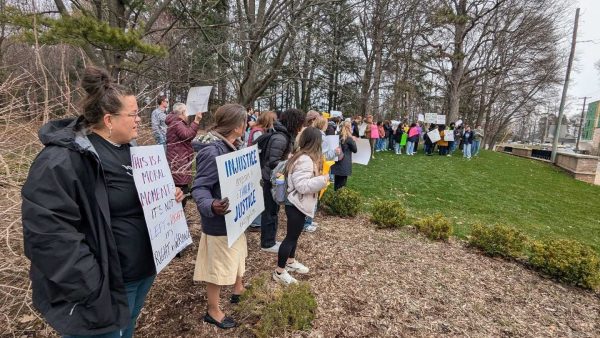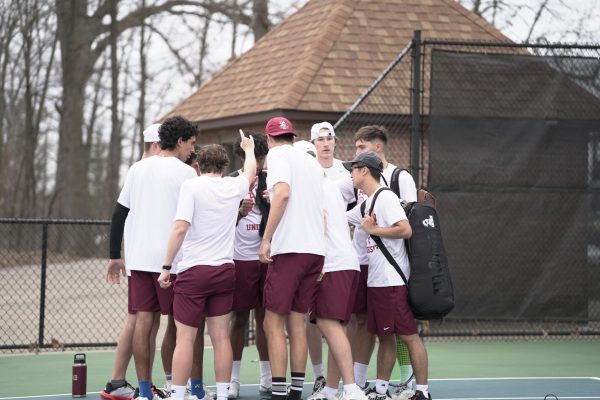Case counts spike due to off-campus socializing, administration says
The recent uptick in active COVID-19 cases stems from off-campus exposure rather than classroom or dining hall contacts, according to members of the Safe Return Team.
“Students are not getting exposed in the classroom that we know of, and they’re not getting exposed by picking up food in the dining hall… What we’re finding is that it’s mainly small group social interaction,” said Kelsey Colburn, Calvin’s quarantine and isolation case manager.
Colburn noted how Kent County’s rising rates coupled with students’ off-campus interactions have brought about a spike. She discouraged students from attending parties. “People tell themselves that this one party is not going to be a risk to me, I’ll do this one party and I’ll be fine—and then they end up getting COVID,” said Colburn. “It’s happening all over the country. I don’t know if it’s happening at Calvin, but I wouldn’t be surprised.”
Vice President of Student Life Sarah Visser said that she couldn’t speculate what role off-campus partying played in the rise of cases but that the numbers indicated that students were not abiding by social distancing guidelines.
“Given the significant increase in the number of students who are determined to have been in close contact with positive cases, and therefore put in quarantine, it’s evident that students continue to put themselves into risky situations,” Visser said in an email to Chimes.
The main tools for stopping the spread “are the things we’ve known all along—avoid unmasked social situations with people outside of your housing pod, wash your hands regularly, wear your mask more than you want to, and keep good physical distance,” said John Witte, dean of students.
Avoiding shaming students who are quarantined or isolated is another priority to Colburn. “We do need to be careful about blaming other people because we just don’t know their story. At that point, when someone has COVID, they have it. We are going to try to protect them and keep them healthy in every way we can and protect others around them. We’re all just learning together,” said Colburn.
Visser said that a number of variables determine whether instruction will go entirely online, including available rooms for quarantine and isolation on campus, ability of our medical team, contact tracers and case managers to support students, trends and capacity in our surrounding community, and advice from Kent County Health Department.
According to Visser, 178 total rooms are available in residence halls, with an additional 46 rooms in Price Conference Center if they are needed.
The increased number of cases has taken its toll on Calvin’s first responders, however. “This has a significant impact, not only on those who are exposed to COVID-19, but also on the many members of the COVID Response Team who are working around the clock to support those in our community who need care,” said Visser.
The work involved in managing COVID cases is exhausting, said Visser, even when case counts are low. “Pray for stamina, pray for rest, and opportunities to find sabbath—and that the whole campus continues to support each other in this work,” said Colburn.
Students who exhibit symptoms and must quarantine or isolate during Thanksgiving break will likely be required to stay on campus, according to an email from the SRT on Nov. 6.









